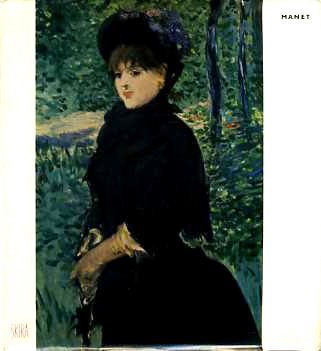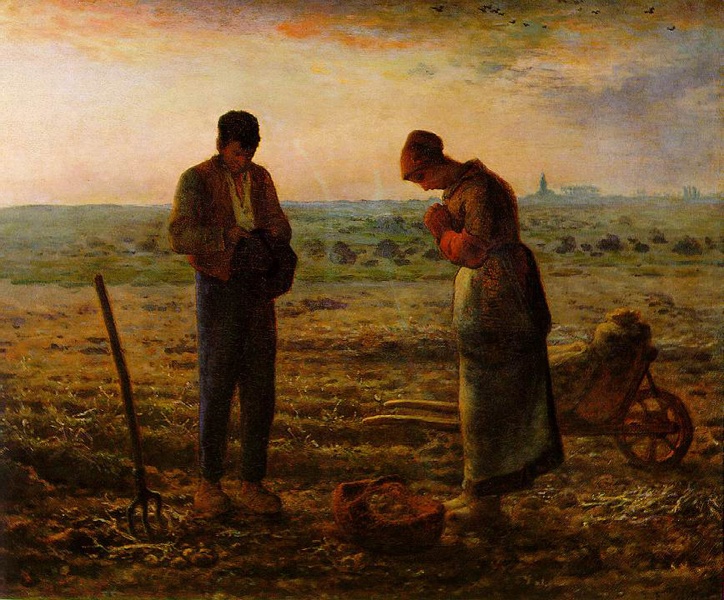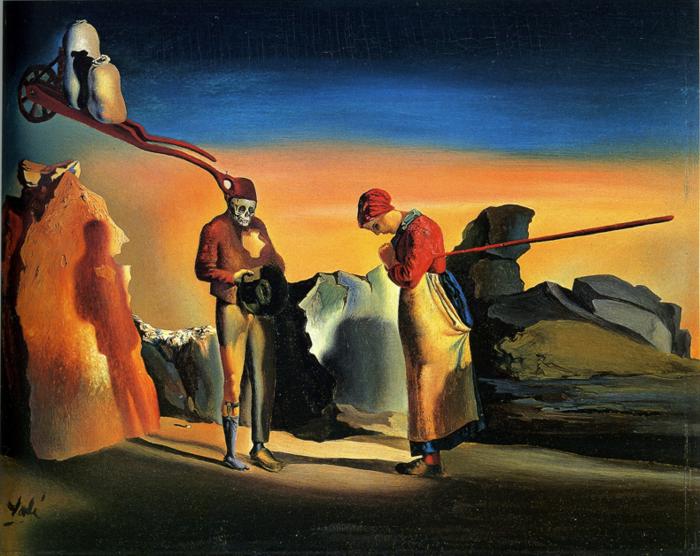Georges Bataille: Manet: Biographical and Critical Study (1955)
Filed under book | Tags: · art, art criticism, art history, art theory, biography, painting

Bataille’s introduction to Manet.
The essay also appeared as Manet. Études biographique et critique, Skira, Genève, 1955
Translated by Austryn Wainhouse and James Emmons
Publisher Skira, 1955
135 pages
via leninbert
Commentary: Anne McConnell (Equinoxes, 2004).
See also Michel Foucault: Manet and the Object of Painting (1971, FR, EN)
Comment (0)Craig Dworkin: No Medium (2013)
Filed under book | Tags: · architecture, art, art theory, attention, body, book, conceptual art, dada, film, fluxus, literature, media, music, painting, paper, phonograph, sculpture, sex, silence, temporality, time, translation, typography
“In No Medium, Craig Dworkin looks at works that are blank, erased, clear, or silent, writing critically and substantively about works for which there would seem to be not only nothing to see but nothing to say. Examined closely, these ostensibly contentless works of art, literature, and music point to a new understanding of media and the limits of the artistic object.
Dworkin considers works predicated on blank sheets of paper, from a fictional collection of poems in Jean Cocteau’s Orphée to the actual publication of a ream of typing paper as a book of poetry; he compares Robert Rauschenberg’s Erased De Kooning Drawing to the artist Nick Thurston’s erased copy of Maurice Blanchot’s The Space of Literature (in which only Thurston’s marginalia were visible); and he scrutinizes the sexual politics of photographic representation and the implications of obscured or obliterated subjects of photographs. Reexamining the famous case of John Cage’s 4’33”, Dworkin links Cage’s composition to Rauschenberg’s White Paintings, Ken Friedman’s Zen for Record (and Nam June Paik’s Zen for Film), and other works, offering also a “guide to further listening” that surveys more than 100 scores and recordings of “silent” music.
Dworkin argues that we should understand media not as blank, base things but as social events, and that there is no medium, understood in isolation, but only and always a plurality of media: interpretive activities taking place in socially inscribed space.”
Publisher MIT Press, 2013
ISBN 0262018705, 9780262018708
219 pages
Interview with the author (Critical Margins)
Author’s lecture at Penn Poetry & Poetics (video, 19 min)
Reviews: Johanna Drucker (Los Angeles Review of Books), Michael Leong (Hyperallergic).
Commentary: Richard Marshall (3:AM Magazine).
Salvador Dalí: El mito trágico de ‘El Ángelus’ de Millet (1963–) [Spanish, English]
Filed under book | Tags: · art, art theory, painting, surrealism


“En 1941, cuando, horas antes de la Ocupación alemana, Salvador Dalí tuvo que abandonar a toda prisa la ciudad francesa de Arcachon, extravió el manuscrito de un libro que había escrito en francés entre 1932 y 1935: El mito trágico de ‘El Ángelus’ de Millet, uno de los textos más brillantes del genial pintor. Localizado en 1963 por el editor Jean-Jacques Pauvert, se publicó ese mismo año en Francia. En 1978, para la edición española de Tusquets Editores, debida al arquitecto Oscar Tusquets y supervisada por Dalí, éste añadió documentación gráfica y nuevos comentarios, por lo que el libro constituyó una primicia mundial.
Tres elementos hacen de El mito trágico una obra única: la descripción del célebre método «paranoico-crítico» inventado por Dalí, el análisis del mito (trágico) de la muerte del hijo y de la mujer castradora en el arte, y la confirmación de la hipótesis de que, detrás de Millet, el bucólico pintor de inocentes cuadros, se esconde un dibujante erótico que habría escandalizado a sus contemporáneos.”
First published as Le mythe tragique de l’Angelus de Millet, Jean-Jacques Pauvert, 1963
Translated by Joan Viñoly
Publisher Tusquets Editores, Barcelona, 1978
Third edition, 1989
ISBN 8472239888
170 pages
Publisher (ES)
El mito trágico de ‘El Ángelus’ de Millet (Spanish, trans. Joan Viñoly, 1978/1989)
The Tragic Myth of Miller’s L’Ángelus (English excerpts, trans. Haim Finkelstein, 1998, updated on 2021-1-29)


